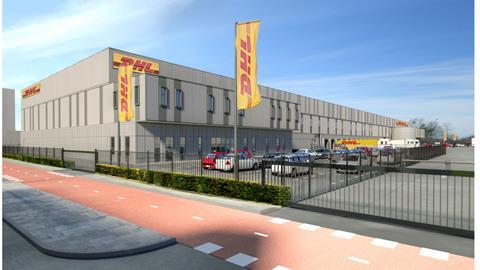The importance of last-mile logistics space is on the rise for both online retailers and food retailers, according to the latest research from global real estate advisor, CBRE.

The acceleration of ecommerce sales and internet penetration this year has had a significant impact on the demand for logistics assets across Europe, with the UK, Italy, and Spain experiencing record quarters in Q3 2020 for take-up. This surge in demand has meant traditional retailers and ecommerce platforms have been raising the bar to meet customer expectations, whereby receiving orders on specific dates and at exact times has become a necessity.
Mark Cartlich, senior director, EMEA industrial & logistics at CBRE said: 'The lack of availability of these assets partnered with the continued appeal of last leg real estate should further drive increases in transaction values. This trend is also likely to produce a growing appetite for the repositioning of retail parks, driven by increased consumer demand for more timely deliveries and a narrowing of retail’s rental premium over logistics property.'
Location, location, location
According to the report, the choice of location for last leg logistics in densely populated areas is determined by rapid delivery, agility and efficiency, reducing costs per parcel against fixed costs and being located as close to the end consumer as possible.
At the start of the pandemic, CBRE saw five years’ growth in online sales concentrated within just six months. Combined with the continued growth of food and grocery deliveries, this has added to the ever-increasing demand for logistics solutions in urban locations. In turn, there has been growing investor interest in last leg real estate and over the past year there has been an increase in both deal volumes and M&A activity.
However, CBRE’s new research suggests that finding suitable properties that benefit the occupiers’ operations in terms of agility and efficiency can be challenging, which is driving the need to explore mixed-use residential assets for urban logistics.
Additionally, converting centrally located retail warehouses to last mile delivery logistics hubs or using car parks in central locations to stage and store vehicles could present an opportunity to better align with the shift in urban logistics requirements.
Said Pol Marfa, senior analyst, research at CBRE: 'This report shows that almost two-thirds of the online retailers surveyed identified urban logistics as a high priority within their expansion plans. We envision this trend continuing in line with the wider growth of the logistics sector.'










